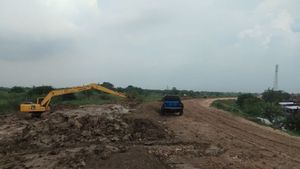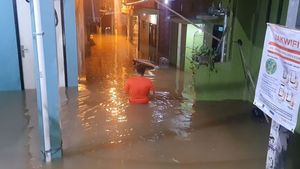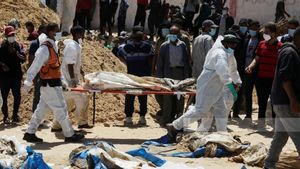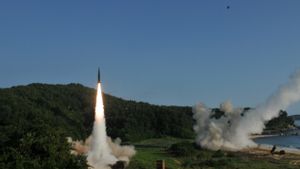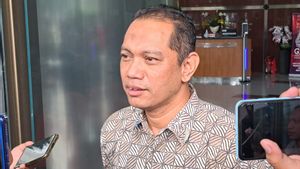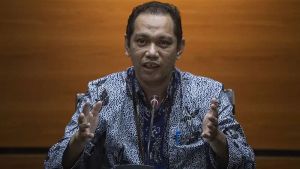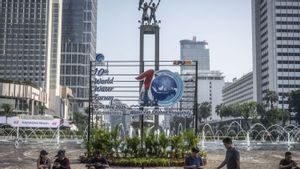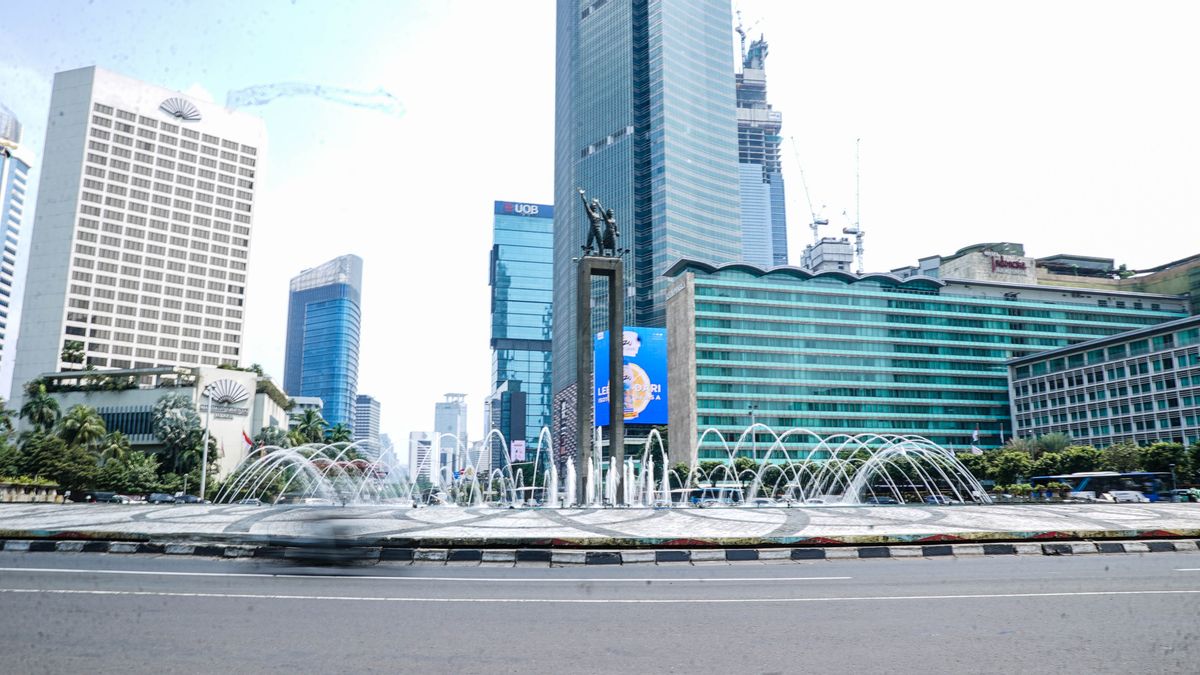
JAKARTA- Although the calculation still shows an up and down dynamic, the air quality in DKI Jakarta has generally improved recently. The implementation of activities at home and Large-Scale Social Restrictions (PSBB) during the COVID-19 pandemic has more or less affected air quality.
From various indicators and calculations, various parties stated that the ones that significantly affect the air quality of Jakarta and its surroundings are public and private transportation.
"Motor vehicles are indeed the number one factor. And the (temporary) cessation of the factory could also affect Jakarta's air quality," said Suradi, Head of the Sub-Division for Air Pollution Information at the Meteorology, Climatology and Geophysics Agency (BMKG), in his statement, Thursday, April 30.
Suradi explained, in general, since the beginning of work from home (WFH) or activities at home, up to two weeks after that and the beginning of this Ramadan, there has been an improvement in air quality. Unfortunately, the movement of the people who panic buying with the high mobility of residents again caused pollution to appear to have increased again at the beginning of the PSBB.
At the same time, there is also the effect that no rain has fallen for some time, which will make air quality worse. Until entering the first week of Ramadan, air quality indicators still show fluctuating numbers in the Good (0-50 micrograms per cubic meter) and moderate (51-150 micrograms per cubic meter) categories.
Not PLTU
BMKG also analyzes the wind factor. From this analysis, it confirms that there is no influence from the Steam Power Plant (PLTU) in the Banten area or the west side of Jakarta. As is known, the PLTU is still operating optimally at this time, in order to ensure a smooth electricity supply in the capital during the pandemic and this PSBB.

"The PLTU has no effect. We need to see the comparison with April 2019, when compared to last year, Jakarta's air quality in April this year has actually improved," he explained.
The Director of Air Pollution Control at the Ministry of Environment and Forestry (KLHK) Dasrul Chaniago also acknowledged that there were many questions about the impact of PSBB on Jakarta's ambient air quality. He explained, to explain this, we could not compare month to month, for example from January to April this.
"Because air quality is influenced by many things. Among others, wind direction, wind speed, landscape, and of course the main thing is the source of local emissions," he said.
He said, this April has entered the east wind season, where during the east wind season, besides being dry, it also brings more dust particles. Therefore, the trend of Jakarta ambient air dust particles will continue to increase until September.
Dasrul said, if you want to compare data for April 2020, you can see the air quality for the same period last year or year on year. He warned that it would not be easy for any party to accuse certain factors of being a polluter. From the analysis of the measuring instruments, the Ministry of Environment and Forestry together with BMKG saw an improvement in the air quality of Jakarta and its surroundings.
"So for the concentration of dust particles (PM 10), there is a decrease of more than 17 percent. Meanwhile, for PM 2.5 concentration there is a decrease of around 10 percent. This means that Jakarta's ambient air is improving compared to last year at the same time," he said.
Meanwhile, Lecturer at the Faculty of Public Health (FKM), University of Indonesia (UI), Haryoto Kusnoputranto, saw that the weather in Jakarta during the implementation of the PSBB had improved considerably. The lay indicator is the sky that looks bluer.
Haryoto emphasized the same as Suradi, the largest contributor to air pollution in Jakarta by motorized vehicles. There are about 65 percent to 70 percent of pollution caused by motor vehicles. He dismissed, if the electric steam power plant (PLTU) is used as a contributing factor to air pollution in Jakarta.
According to him, PLTU does not contribute to pollutants in the capital. Because, there are two sources of bad air weather in Jakarta.
"First, mobile sources and immovable sources. Mobile sources are motorized vehicles, contributing around 65-70 percent. Inactive, there are industries and so on. The only sources are. So if there are no motorized vehicles, I am sure the air is clean and healthy," he said. .
To measure air quality, there is the term Air Pollution Standard Index (ISPU). The indicators are the five main pollutants. He emphasized that calculations cannot be done carelessly.
"The ISPU can measure whether the current air condition is healthy (good), moderate, unhealthy, very unhealthy and dangerous. There are 5 pollutants that can be taken as parameters, namely dust particles (PM10), carbon monoxide (CO), sulfur. dioxide (SO2), nitrogen dioxide (NO2) and Surface Ozone (O3), "said Haryoto.
The English, Chinese, Japanese, Arabic, and French versions are automatically generated by the AI. So there may still be inaccuracies in translating, please always see Indonesian as our main language. (system supported by DigitalSiber.id)



